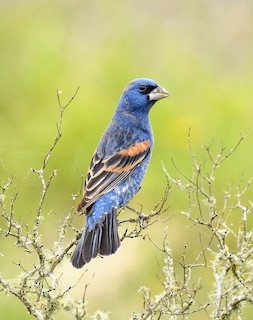Small Grant FAQs

General information for those interested in submitting a proposal:
- Including multiple landowners and/or partners (especially other land trusts) is encouraged.
- Think about how your project will not only build capacity for your organization, but also for other land trusts. Encourage fellow land trusts to use birds and demonstrate how to include birds in their strategic planning. This could include giving a workshop in the field or presentation to land trusts at a regional meeting or Land Trust Alliance Rally to showcase your successes and lessons learned.
- If proposing research or management for a single species, consider including associated species that could be positively affected by your study or by implementing Best Management Practices for a suite of species that includes your target species.
- Consider incorporating eBird into your project, as it is a great resource for acquisition planning, monitoring, community science, and creating data out products to help a land trust fulfill their stewardship requirements, expand community engagement, and support future grant applications.
- If your initiative or study design is quite broad, be sure to highlight what piece you’re planning to focus on and clearly articulate your objectives for these grant monies so you’re able to show clear measures of success at the completion of the award.
- Visit our Small Grant Example Activities page for more ideas, and our Past Small Grant Awardee page for information about projects we have funded from 2017-2024.
- We recommend you copy and paste application questions into a Word document or similar platform to draft your proposal offline. Then, copy and paste from the Word document into the online application and submit.
GENERAL
BUDGET
If you have questions, please contact:
Sara Barker, Cornell Land Trust Bird Conservation Initiative Program Leader, sb65@cornell.edu
